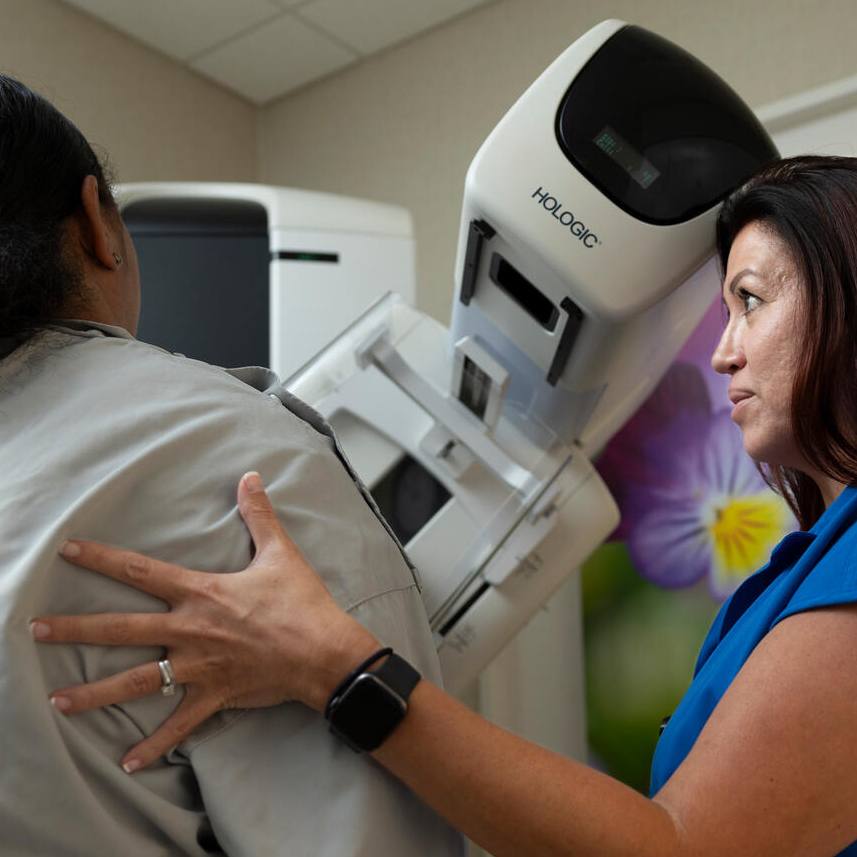-
Featured News
Alzheimer’s and dementia: When to stop driving

Safe driving requires attention, concentration, and the ability to follow particular steps and rules. You also need to be able to make quick and appropriate decisions. For people with Alzheimer's disease or other disorders causing dementia, these skills will decline over time. Eventually, driving will not be an option.
The decision to stop driving may be difficult for the person with dementia, caregivers and family members. If you care for someone with dementia, consider these strategies to prioritize safety and ease the transition.
Starting the conversation
A person with dementia may perceive giving up driving as a loss of independence, and deciding not to drive means accepting that one's abilities are changing. To help a person with decisions about driving:
- Begin the conversation as soon as possible and involve the doctor
- Involve the person with dementia in the planning and decision-making
- Talk about the safety of the driver and others
- Appeal to the person's sense of responsibility
- Be aware of the person's feelings about this change
If possible, have the person with mild dementia sign a driving contract. The contract will give you permission to help him or her stop driving when necessary.
Making the transition
Look for alternatives to driving and begin using them as soon as possible. Even if the person with mild dementia is still driving, you can begin the transition to other transportation options. These may include:
- Family members and friends who can provide rides for errands or appointments
- Delivery services for groceries and medication
- City or county senior transportation services
- Transportation services offered by community centers, houses of worship or other organizations
- Taxi or car services that allow you to set up a payment account you can manage
An additional passenger to travel with the person with dementia — to sit in the back seat together and chat — may help with the transition to being a passenger rather than a driver.
When to stop driving
People with mild dementia are at a much greater risk of unsafe driving compared with people of the same age without dementia. The American Academy of Neurology recommends that people with mild dementia strongly consider discontinuing driving.
Some people with dementia may decide they no longer want to drive because they are concerned about safety. Others may be reluctant to stop driving, and they may not be aware of a decline in their driving skills.
Regular assessments during office visits may help your doctor identify a decline in abilities that indicate a greater risk. Your doctor may ask for feedback from the person with dementia and a caregiver separately to assess risks. Signs of unsafe driving include:
- Getting lost when driving to familiar places
- Not staying in the lane
- Confusing the brake and gas pedals
- Failing to observe traffic signs
- Making slow or poor decisions
- Hitting the curb while driving
- Driving too slowly or speeding
- Becoming angry or confused while driving
- Getting into an accident or getting tickets
If the individual with mild dementia has not shown signs of unsafe driving and would like to continue to drive, your physician may recommend a roadside driving evaluation by a professional such as an occupational therapist.
An occupational therapist can evaluate the impact of the disease on a person's ability to drive and offer strategies for driving safely, as well as when and how to reduce or stop driving. The American Occupational Therapy Association has a national database of driving specialists.
State regulations regarding dementia and driving restrictions vary. Your health care provider may be required to report a diagnosis of dementia. The local motor vehicle department can provide information about relevant state guidelines or laws.
Strategies for difficult transitions
If the person living with dementia is unwilling to give up driving, consider these last-resort preventive strategies:
- Control key access. Keep keys out of sight. If the person with dementia wants to keep a set of keys, offer keys that won't start the vehicle.
- Disable the vehicle. Remove a battery cable to prevent the car from starting, or ask a mechanic to install a "kill switch" that must be engaged before the car will start.
- Sell the vehicle. If you can make do without the vehicle, consider selling it.
This article is written by Mayo Clinic staff. Find more health and medical information on mayoclinic.org.







